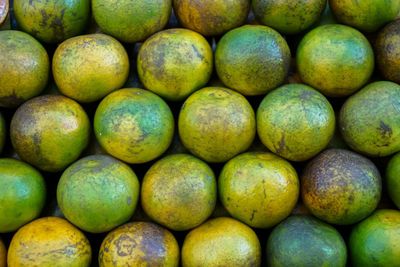Identifying Citrus Fruit Scarring
Citrus fruit scarring is the result of damage done to the rind and/or flesh of the fruit while growing. Scarring of citrus fruit can occur for a variety of reasons, and when grown commercially, will often dictate which product (e.g. fresh eating, juice, etc.) the fruit will be used. Scars on citrus fruits are sometimes only cosmetic. However, in many cases, damage can be more severe and even cause the fruit to begin rotting. While some causes of scarring are preventable, others will need more care and attention to resolve.
Causes of Scars on Citrus Fruit
There are a variety of ways in which citrus fruits are scarred. One of the most common causes of scarring is damage that has been done by insects. Since various insects may attack citrus fruits, proper identification is a key step in addressing the problem. To identify which insect may have caused damage to your fruit, take a close look at the scarring and look for any specific pattern or shape. The size, shape, and type of scar may provide key information as you begin to determine the culprit. Some common pests include:
Citrus thrips Citrus cutworm Citrus Peelminer Citrus rust mite Forktail bush katydid Potato leafhopper California red scale Brown garden snails Caterpillars
If it doesn’t appear that insect damage is the issue, scarring may also be caused by weather conditions, such as hail or wind. Windy conditions may have caused developing fruit to rub or scratch against tree branches. These types of scars likely occur only on the surface of the fruit and, generally, do not compromise its quality. Lastly, chemical and equipment damage are sources of citrus fruit scarring that may need consideration. While uncommon in the home garden, large citrus operations may have issues with phytotoxicity, or chemical burn, among treated trees.
